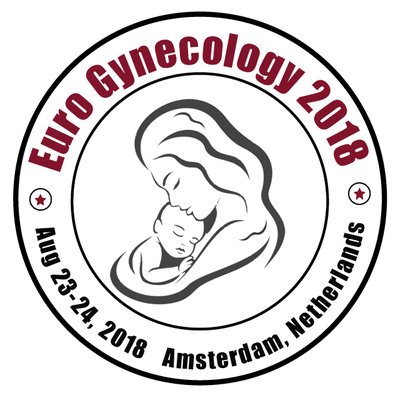Editorial, Jwhic Vol: 10 Issue: 5
Polycystic ovarian syndromewomen of reproductive age
Dr. Sultana
Assistant Professor, Mondelli Institute of Dentistry South America, Email: sultana12@hotmail.com
Keywords: WOMEN HEALTH
Polycystic ovarian syndrome (PCOS) is most common female disorder which affects approximately 4-8% women of reproductive age. It is generally related with hormonal disturbance, emotional, metabolic and reproductive dysfunction. The study was conducted among students in different departments of Government Collage University Faisalabad (GCUF). The data from 350 female students of age range between 18- 25 years was collected. Objective was to conclude and understand the prevalence of symptoms of PCOS in female students that what percentage of female students suffer from basic related symptoms and to check the percentage of females which are aware of this syndrome. The clinical criterion of American College of Obstetricians and Gynecologist (ACOG) for PCOS was used. A questionnaire was designed containing four parts to assess the awareness, prevalence and attitude of female student toward polycystic ovarian syndrome and its effect on their normal life.
The obtained data was analyzed by following appropriate statistical method. Results revealed that about 46% of the students had the knowledge regarding PCOS whereas 3% were actually suffering from PCOS. Most frequent symptoms reported were frequent lower back pain, 60%, similarly about 3 percent students were suffering from alteration of voice. Different thought exposed misinterpretations related to polycystic ovarian syndrome. The findings further exposed that the incidence of features of syndrome are rising day by day but students were not aware and conscious PCOS even though the different features regarding to this syndrome were present in many students. Moreover, it was observed that many women do not discuss with gynecologist until there is rigorous or difficult situation occurred. Study
Concluded that there is vital need of awareness programs and education related to PCOS and issue must be discussed deliberately in order to prevent various misconceptions.
Generally when we analyze CS, the focus is on reducing primary CS. In our study, groups 2, 5 and 1(65.6%) were the main contributors, where as a teaching hospital from Srilanka and Ghana have recognized groups 5, 2, 4 (67%) and groups 2,4,5 (47.5%) respectively. Universal implementation of steps to reduce CS may not be successful at all levels and the actions have to be group specific. This highlights the importance of RTGCS in analyzing CS both at the institutional and national level.
There are many studies that have shown a reduction in CS rate following implementation of this classification system and found a small reduction in the CS rates in group 1 and 2
Polycystic ovarian syndrome CS) is a lifesaving procedure done either to save the mother or the foetus, sometimes both. Though it is a common surgical procedure there are both short term (hemorrhage, sepsis, blood transfusion, need for hysterectomy and even death) and long term risks (repeat caesarean section, placenta accreta spectrum, and uterine rupture) associated with it.
Pcos rate, has been increasing worldwide over the last 50 years and the rate has exceeded 30% in some regions. The global.
The flexibility of RTGCS allows sub group classifications in certain groups like group 5 and 10 as mentioned earlier.Maternal and fetal outcomes are to be incorporated into the RTGCS to establish optimal range of CS for better outcome.This was highlighted in the systematic review on Robson classification for caesarean section by Betran et al.[19] Though simplicity, robustness, reliability and flexibility are considered as positive aspects of RTGCS.
Different thought exposed misinterpretations related to polycystic ovarian syndrome. The findings further exposed that the incidence of features of syndrome are rising day by day but students were not aware and conscious PCOS even though the different features regarding to this syndrome were present in many students. Moreover, it was observed that many women do not discuss with gynaecologist until there is rigorous or difficult situation occurred. Study concluded that there is vital need of awareness programs and education related to PCOS and issue must be discussed deliberately in order to prevent various misconceptions.
 Spanish
Spanish  Chinese
Chinese  Russian
Russian  German
German  French
French  Japanese
Japanese  Portuguese
Portuguese  Hindi
Hindi 



